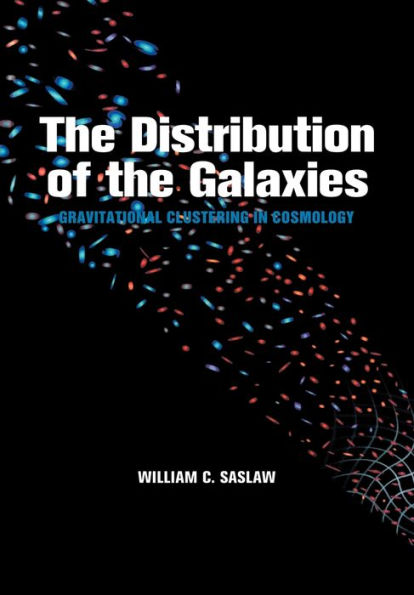5
1
9780521050920



The Distribution of the Galaxies: Gravitational Clustering in Cosmology available in Hardcover, Paperback

The Distribution of the Galaxies: Gravitational Clustering in Cosmology
- ISBN-10:
- 0521050928
- ISBN-13:
- 9780521050920
- Pub. Date:
- 02/04/2008
- Publisher:
- Cambridge University Press
- ISBN-10:
- 0521050928
- ISBN-13:
- 9780521050920
- Pub. Date:
- 02/04/2008
- Publisher:
- Cambridge University Press

The Distribution of the Galaxies: Gravitational Clustering in Cosmology
$69.99
69.99
In Stock

Product Details
| ISBN-13: | 9780521050920 |
|---|---|
| Publisher: | Cambridge University Press |
| Publication date: | 02/04/2008 |
| Pages: | 524 |
| Product dimensions: | 6.70(w) x 9.50(h) x 1.20(d) |
From the B&N Reads Blog
